“You take the sundial and give me the sun.” – cowboy author Eugene Manlove Rhodes in Paso Por Aquí
Leaving Texas, we put human-scale history, civilization, and minute by minute schedules behind us. Before entering true “wilderness,” we still had a few cities ahead–Tuscon, Phoenix, and Flagstaff. Nevertheless, from our first real National Park excursion at Carlsbad Caverns onward, our roadtrip experience instantly transformed. Sage and I stopped cramming our heads with comprehensive narratives of American music, military and political history, and were suddenly free to absorb a world shaped by forces far older and larger than man.
New Mexico: “Land of Enchantment”
“You are journeying from light into dark, descending into a sunless world where weather is changeless, and time seems frozen”–National Park Service (NPS) label
We began by literally entering this other world on foot, walking 755 ft. deep into Carlsbad Cavern’s “Big Room”–the largest chamber at 600,000 sq. ft (a floor space of 14 football fields!)
These caverns formed out of limestone built up from 250 million-year-old reef sediments. After the ancient sea dried up, these rocks were hollowed out when sulfuric acid dissolved limestone from the bottom up, rather than the usual cave-forming process of carbonic acid combining with carbon dioxide and seeping downward. Eventually this liquid drained, roof sections collapsed, and dripping ground water formed cave decorations.
But this geological explanation was somewhat beyond us, so for more info go here:
Therefore, Sage and I found ourselves instinctively making up our own fantastic, supernatural stories to explain every stalactite chandelier, stalagmite finger, glass-clear pool, and pocket of impenetrable darkness.
And we’re not the only ones: people have found human interest in these natural formations through storytelling since 16-yr-old Jim White first explored them around 1898. These explorers filled Carlsbad with romantic names like Hall of Giants, Fairyland, King’s Palace, the Devil’s Spring, the Boneyard, and Rock of Ages.
I think this storytelling is part of human nature–ever since Eden, we’ve been naming the objects of our wonder. Those cones of rock look like a colony of gnomes, that tower like a giant frozen in fear.
“[Carlsbad Caverns] should not exist in relation to human beings… [It] is remote as the galaxy, incomprehensible as a nightmare, and beautiful in spite of everything.” – Ansel Adams
Admittedly, this storytelling meant we viewed Carlsbad’s wonders “in relation to human beings.” But as human beings, we could only capture this cavern’s otherworldliness in familiar terms: imagining and anthropomorphizing rocks into supernatural creatures. Even scientific explanations, filled with jargon and time-scales far beyond our comprehension, felt too distant from our human experience.
Still, sometimes words were insufficient, and we simply wandered in wonder, too in awe to make this majesty into meaning.
Another reason we made up stories was that Carlsbad felt so lifeless. But the next day in White Sands we learned these extreme environments are teeming with life, just on a level that’s hard to see.
“Life is not obvious here. It is implied, or twice removed, and must be read in signs or code. Ripple marks tell of the wind’s way with individual sand grains. Footprints, mounds, and burrows bespeak the presence of mice, pocket gophers, and foxes.” – Rose Houk and Michael Collier
By not super-imposing our own lives onto our landscape, we could learn a little about ourselves from the very different desert life hidden around us.
“And the desert, the dry and sun-lashed desert, is a good school in which to observe the cleverness and the infinite variety of techniques of survival under pitiless opposition. Life could not change the sun or water the desert, so it changed itself.” – John Steinbeck in Travels With Charley
“Adapt or die.” – NPS Visitor Center
Sand dunes are constantly shifting, and if a soaptree yucca is suddenly immersed, it has to “grow tall, grow fast, hold on.” However, if the sand dune shifts again, the plant won’t have enough internal stability to survive. Thus, while we admired their adaptability, Sage interpreted them as a good reminder to cultivate a strong inner life, and not merely adapt to one’s environment. [Please comment with your interpretations below!]
We found it frustratingly hard to capture White Sands’ surreal vastness with my camera.
Somehow we managed.
Of course, nothing compares with spending hours watching the sun set over undulating gypsum dunes for ourselves.
Yet even White Sands paled in comparison to us (just kidding…am I?)
Far from everything familiar, and with a seemingly endless span of open time and space, this sunset was one of our first opportunities to stop and reflect. Silently watching the sun disappear over White Sands reminded us how valuable it is to let ourselves experience the innumerable moments of ephemeral beauty around us every day.
Since we lodged near El Paso, Texas before heading deeper into the desert west, Sage and I spent many hours belting out this song:
We stumbled across this deli/museum in Deming, New Mexico with a little help from our friend, TripAdvisor.
We dined with a couple old friends from the bayou.
We were hoping to make friends with this well-dressed, even-toothed, “Shakespear”-aficionado, but he must’ve been caught.
After lunch, I enjoyed some “light” reading in the saloon/library.
Before hitting the road, I discovered my favorite bathroom of the trip. Apparently, the women’s bathroom wasn’t as interesting because women kept stealing artifacts.
We next stopped at the Deming Luna Mimbres Museum, “the Smithsonian of the Southwest.” It was stuffed with “paintings, furniture, period rooms, antique machines and tools, toys, dolls, clothes, vehicles, farm equipment, war memorabilia, photographs, Indian artifacts, gems and geodes, and…Mimbres pottery.”
As always, we found driving as thought-provoking as the destinations themselves. We were particularly intrigued by the philosophical questions posed by this road sign: “DUST STORMS MAY EXIST”
[thanks to Charles Lehardy for fully explaining the debate surrounding “may”]
We also enjoyed the warm welcome and sound advice from this southwestern New Mexico town: “ALKALI WELCOMES YOU. EAT BEEF.”
Later, we stumbled upon the Steins Railroad Ghost Town and its modern history of old west violence. The tourist destination of the abandoned town was itself largely abandoned after the owner was murdered (“shot five times, his scalp was lacerated and his chest and stomach were bruised“)
“According to old timers, there was no law here at all–just the agreed upon rule that ‘if you killed someone, you had to dig the grave.'” – of nearby Shakespeare ghost town
We were having a great time singing murder ballads and exploring until Sage spotted the NO TRESPASSING sign across from the gallows.
Tucson, Arizona: The Undeserted Desert
Sage got to spend some much needed time with Elsie, her first niece, who did her best to prevent us from working on our blog.
Life on the road afforded few opportunities to cook healthy food, so Sage used our time pet-sitting to teach me how to make crepes!
We did force ourselves out of the house to visit the Arizona-Sonora Desert Museum. The symbol of the Sonoran desert is the water-hoarding giant saguaro. Despite their inhospitable appearance, these cacti are the source of life for many insects, birds, and even people.
Unlike Carlsbad and White Sands, life in this desert zoo was obvious and active:
Luckily, this frantically pacing bear was the only one we saw our entire trip.
“What do the coyotes mean when they yodel at the moon?” – Edward Abbey in Desert Solitaire
The coyote gets its name from the ancient Aztec deity Coyotlinauatl, and frequently appears in Native American legends as a “fool, trickster, and demigod.” With both animals and plants, we were impressed with how much human meaning and use Native Americans found in their environment.
While I think most things are beautiful in their own way, Sage interpreted these javelinas as evidence that sometimes God makes mistakes (or was just practicing for PIGS!!!)
“Strolling on, it seems to me that the strangeness and wonder of existence are emphasized here, in the desert, by the comparative sparsity of the flora and fauna: life not crowded upon life as in other places but scattered abroad in spareness and simplicity […] so that the living organism stands out bold and brave and vivid against the lifeless sand and barren rock.” – Edward Abbey in Desert Solitaire
Phoenix: Resurrecting Lost Voices and Preserving World Music
We started Phoenix at the Heard Museum, “dedicated to the sensitive and accurate portrayal of Native arts and culture.” After reading labels about Native Americans being kicked out West our entire roadtrip, this was the first time we encountered living Native Americans telling their own stories in the modern world.
Of particular relevance was the first-person exhibition on American Indian boarding schools, which, beginning in 1879, attempted to “civilize” them into mainstream American society.
We were instantly struck by these children’s fierce defiance upon arrival at Carlisle Indian Industrial School, the first school of hundreds.
Just four months later.
This sign [READ IT CAREFULLY!!!] was one of many instances of us trying to educate Native Americans into “Americans,” when we should’ve been learning from them.
“In the early 1900s, the federal government sponsored a project to capture traditional Indian music on wax cylinders. At the same time, government boarding schools were busy trying to erase that culture from Indian memory.” – Ted Matou, Red Lake Chippewa, student at Pipestone Indian School
However, the next day at Phoenix’s Musical Instrument museum, Sage and I learned about “benevolent preservation,” in which the government does allow and support alternative cultures, but only when they’re no longer threatening and have lost their practical meaning.
After having seen so many multi-use agave plants at the desert museum, we loved seeing how 3rd generation Apache fiddle maker Anthony Belvado uses their stalks to make music.
But this museum went way beyond American Indian music–containing “over 15,000 musical instruments…from nearly 200 countries and territories.”
[the air guitar is made of “nitrogen, oxygen, carbon dioxide, dreams.“]
Since I play piano, I liked learning about Steinway construction. Since 1859, Steinway & Sons has been granted 127 patents for improvements in piano design.
We even learned more about our new favorite musical genre: outlaw country! Here’s another sing-a-long from “the best country western song” (covering “momma, trains, trucks, prison, and gettin’ drunk”):
“I was drunk the day my mom got outta prison / And I went to pick her up in the rain / But before I could get to the station in my pickup truck / She got run over by a damned old train” – David Allan Coe
The best part of Phoenix was discovering the Buffalo Chip Saloon, filled with country music, country dancing, and barbecue. After free waltz lessons, we came back the next night for a rodeo!
Flagstaff: Poetry and Pluto
Our one day in Flagstaff was perhaps our favorite of the entire trip. We spent the morning contemplating what it means to be a cowboy, modern or mythic, at a cowboy poetry and music festival at the Museum of Northern Arizona.
[Tony Norris singing Sons of the Pioneers’ Ridin Down the Canyon]
But we’d been learning about the spirit of the cowboy throughout the trip. One of our favorite museum labels explained the cowboy like this:
“Who were they, those giants who pushed the great herds north in the face of Indian menace, unrelenting weather and inhospitable terrain? Gaunt veterans in faded blue and gray with their bitter memories of Vicksburg and The Wilderness; former slaves, free at last to seek a life of their own; Mexican vaqueros, already generations old masters at handling cattle; preacher’s sons and farm boys, renegade and man beyond law; gentleman adventurers, second sons and remittance men; political exiles from the Old World; dreamers and idlers, those wanting to forget and those in search of something “just beyond.” Masters of no man, beholden to none, they “signed on” to follow the herds. They rode dangerous trails from nowhere to nowhere and left their bones to bleach by the skulls of the buffalo.” – Lucie Adams
Here are a few excerpts from some of our favorite cowboy poetry:
“He’s as much of a cowboy as he’ll ever be / He’s as close to the real thing as you’ll ever see
He’s fighting a battle that he’ll never win / The world will not change and he won’t give in
Just call him a cowboy and leave him alone / He’s learned how to live in a world of his own” — Just Call Him A Cowboy by Max Sidders
“But the bulk of the animal kingdom / He placed in the hands of a few / Who feel more at home in a pasture than / an office on Fifth Avenue” — Animal Lovers from Deming Museum
“But like I said, the precedent was set so long ago. / The angels had to learn themselves what all good cowboys know. /
They worried if they didn’t work to keep the schedule tight / that Earth would not be finished by the deadline Sunday night. /
They’d never learned to think in terms of ‘rollin’ with the flow’ / But God does things on Cowboy Time … to watch the flowers grow. /
He bade the angels to relax and said, “For Heaven’s sakes, / I’ll get it done in seven days … however long it takes!” — Cowboy Time by Baxter Black
We also went to an exhibit on the different ways people have tried to capture Grand Canyon in art.
While we’d mostly use photography throughout the National Parks, we couldn’t believe the different ways one medium could represent the same place. This picture showed the pros and cons of using photography versus hand-drawn, 2D maps. Throughout our travels, we continued discussing the merits of using photos, painting, writing, drawing, and music to capture and convey our experience.
Since after Flagstaff we’d be heading into true wilderness, we prepared for our many nights under the stars by spending our last night in civilization at the Lowell Observatory. Established in 1894, this Observatory made history when, in 1930, Clyde Tombaugh discovered Pluto.
We were so high that, even in a city, we got to observe a star cluster through the historic 1896 Clark telescope. Percival Lowell’s research with this telescope– supporting his theories about life on Mars–inspired science fiction writers including H.G. Wells and Edgar Rice Burroughs.
Conclusion: Give Me The Sun
“I’m about to…relax after a hard day of watching cloud formations” — Edward Abbey in Desert Solitaire
Forcing us to stop our schedules and simply look at the sky, daydream, and observe in wonder, the beauty of the West taught us the value of living on “Cowboy Time” [see above poem]. Through our “hard days” of watching, we found life hiding under mountains, on roads, in the desert, up in the sky, and within cities. Hopefully we’ll give ourselves this time to appreciate the good hidden in our own worlds when we’re back in civilization.
God said let there be light and he separated the light from the darkness… and God saw it was good… Now God knew that in time to come children would get tired of playing and would lie down to chew on a blade grass. They would need something to do to make time pass, so on the second day God made heaven so the clouds would have a place to make pictures in the sky. God looked at heaven and saw it was good.–Six Days by the Light Crust Doughboys
But we also want to remember it can be blinding to look at the sun in all its glory, without the filter of the sundial or civilization. We’ll explore the darker sides of chasing “wilderness” in our next post…




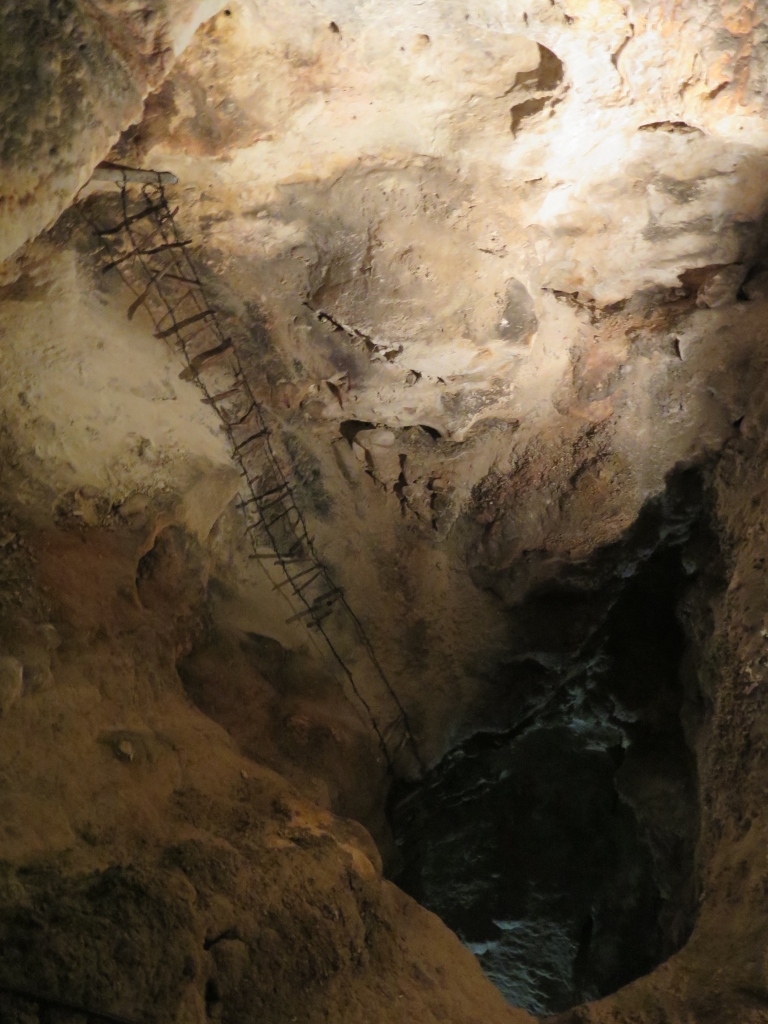



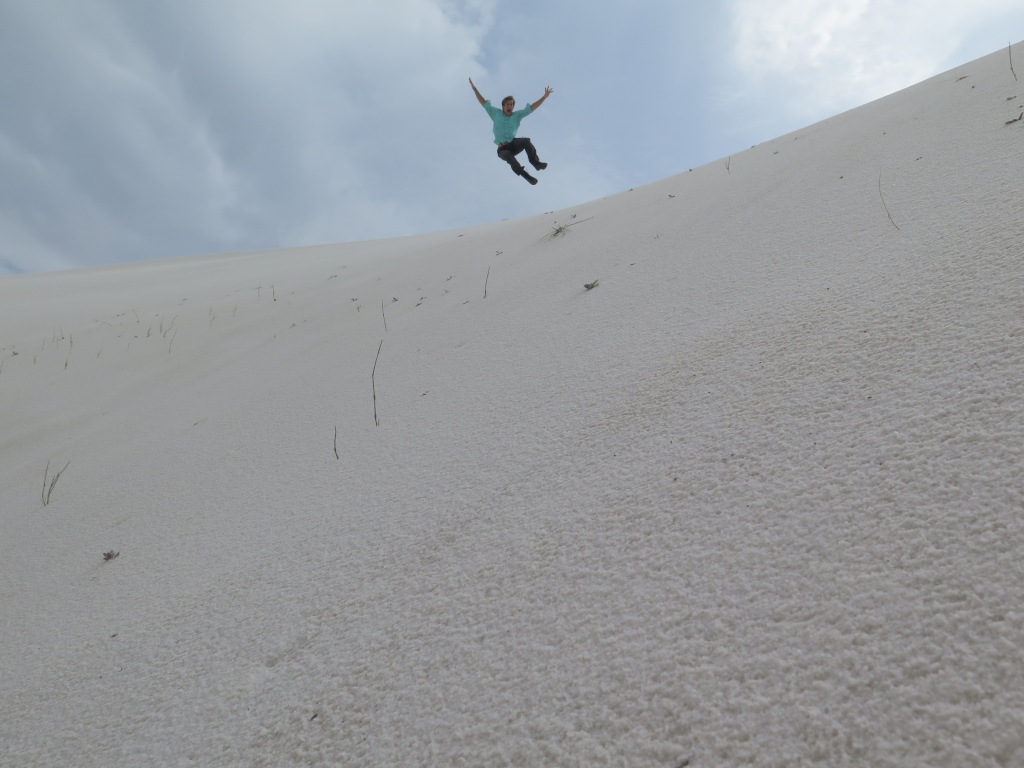


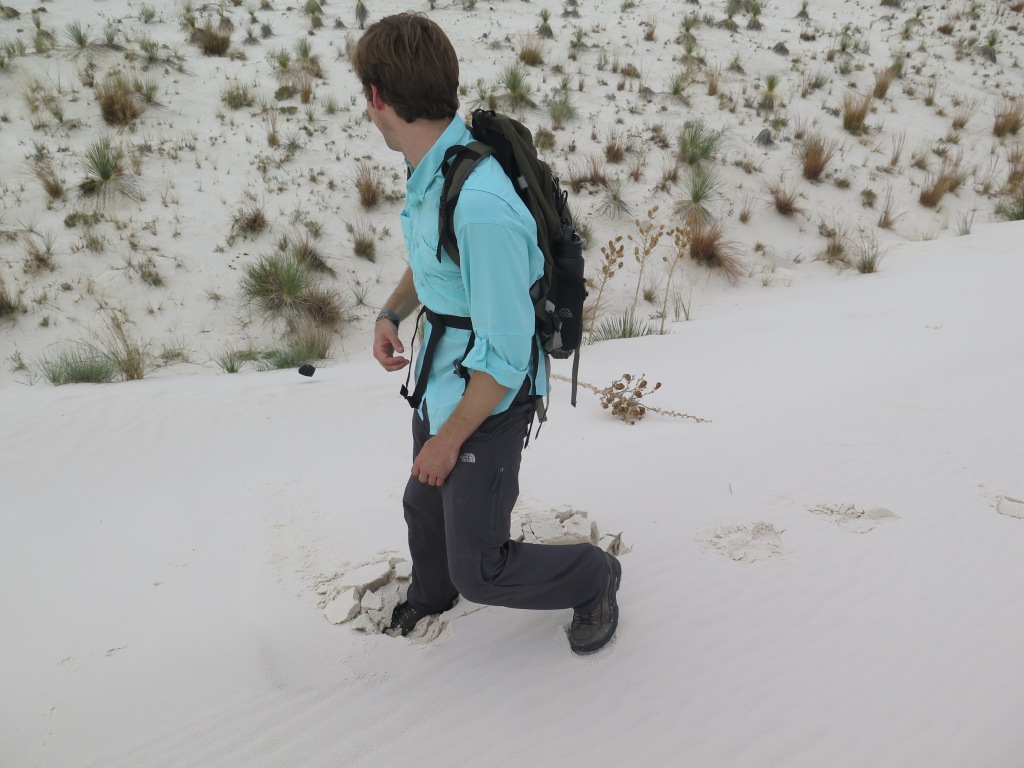


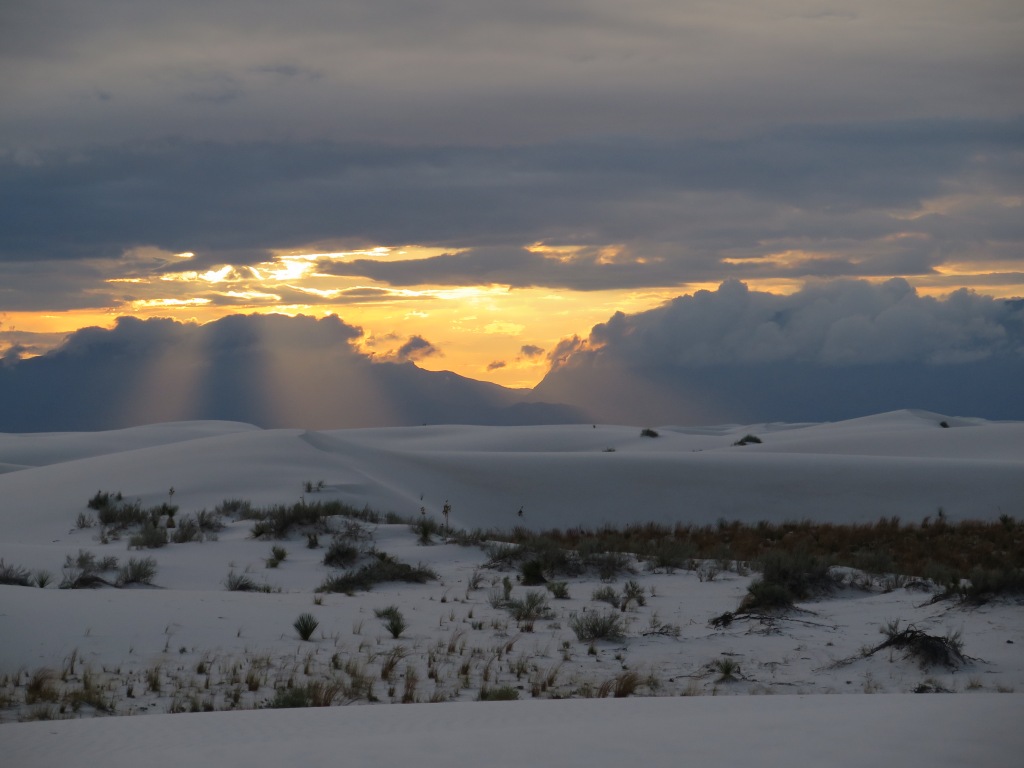



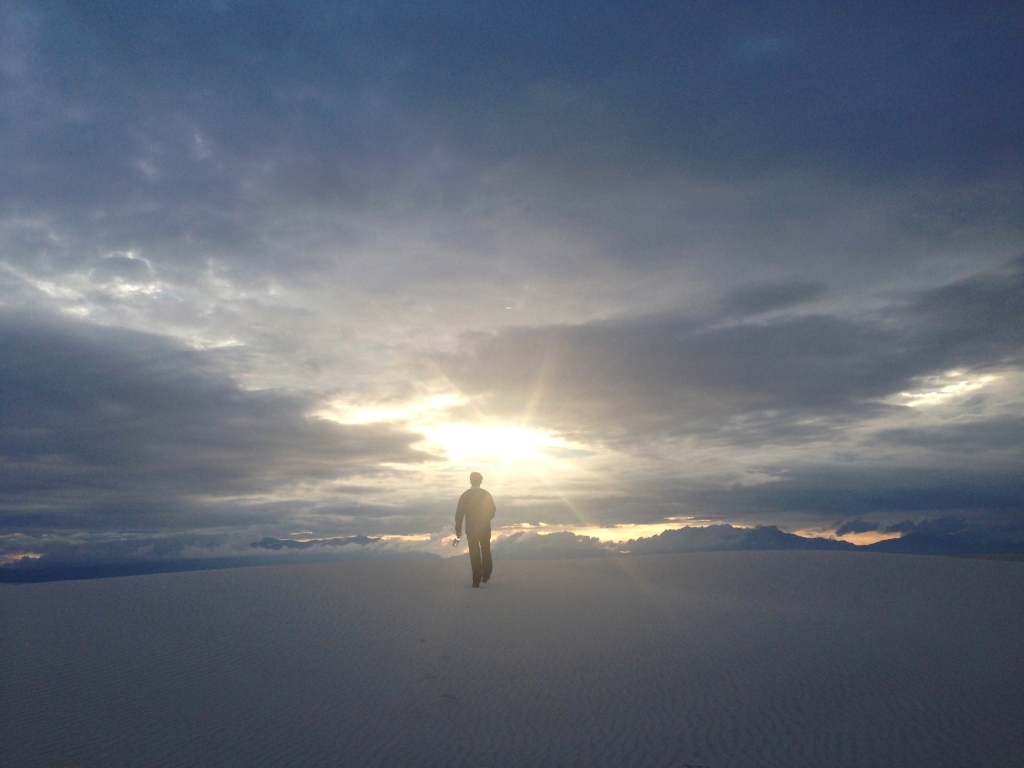










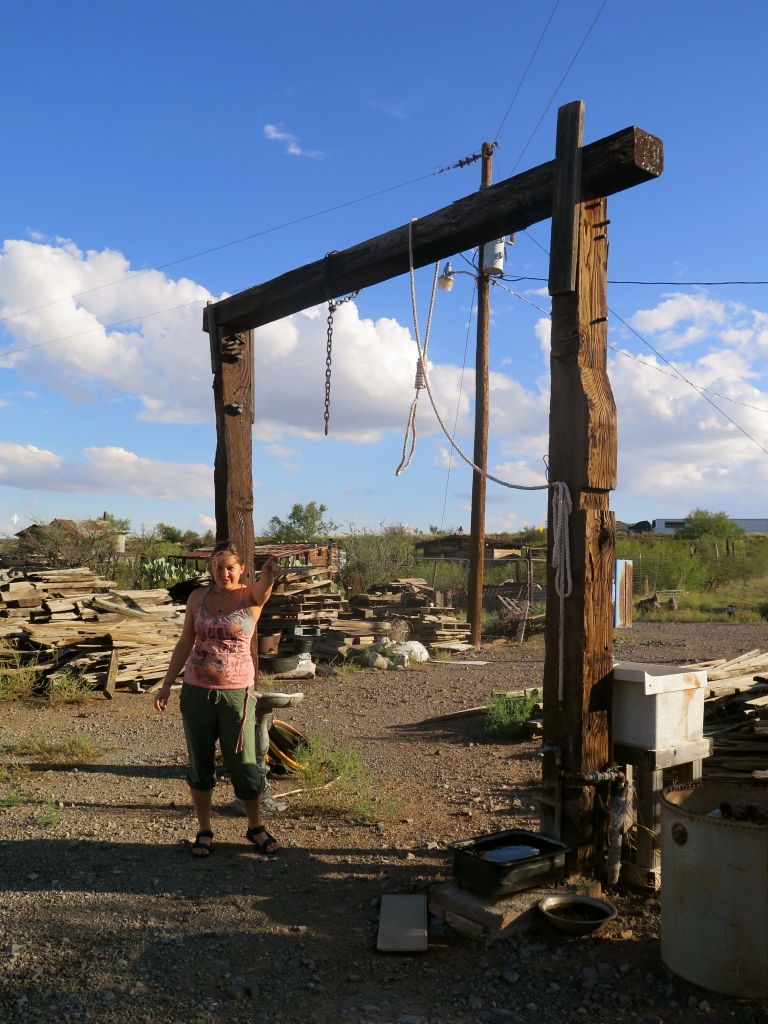












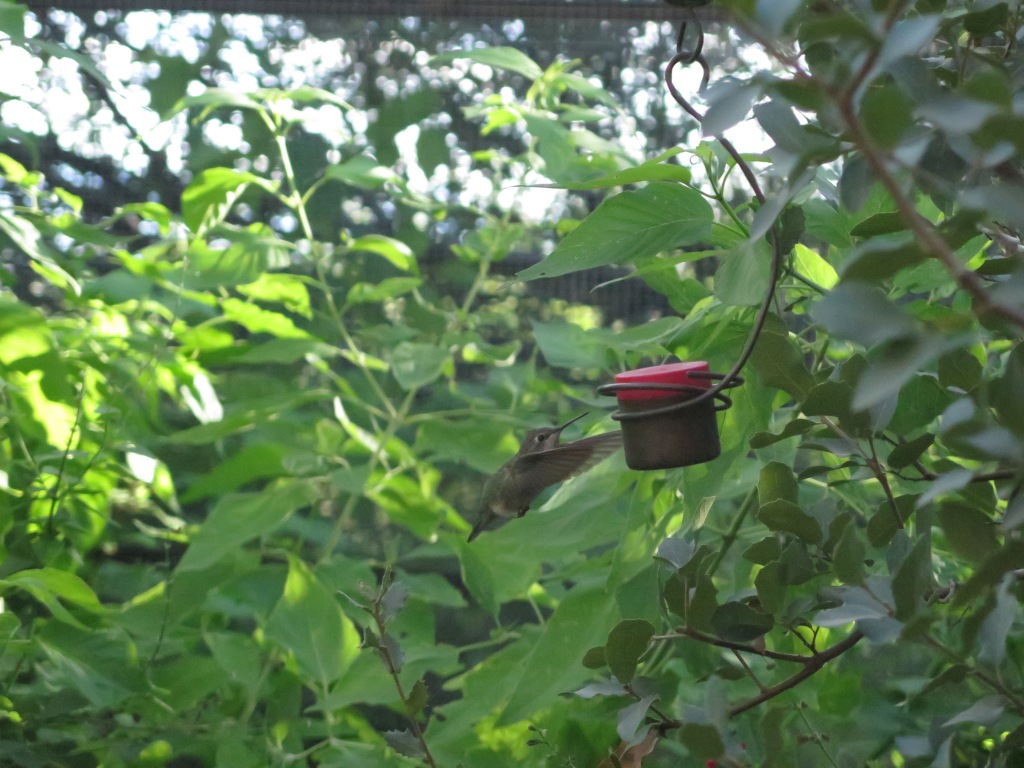
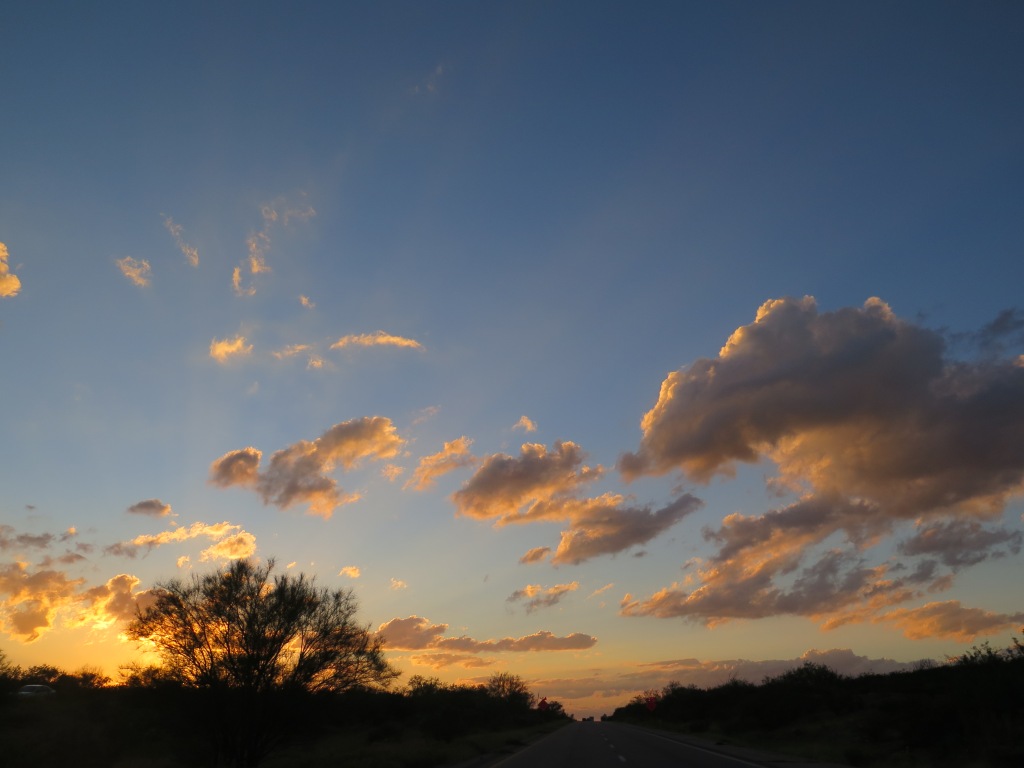
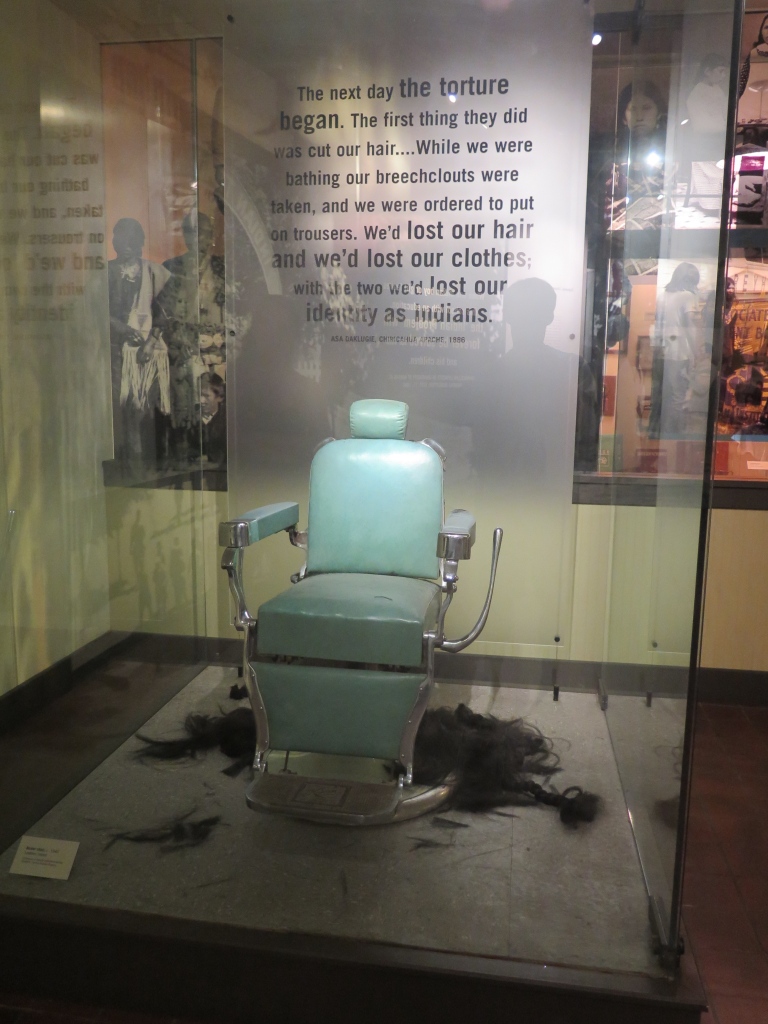








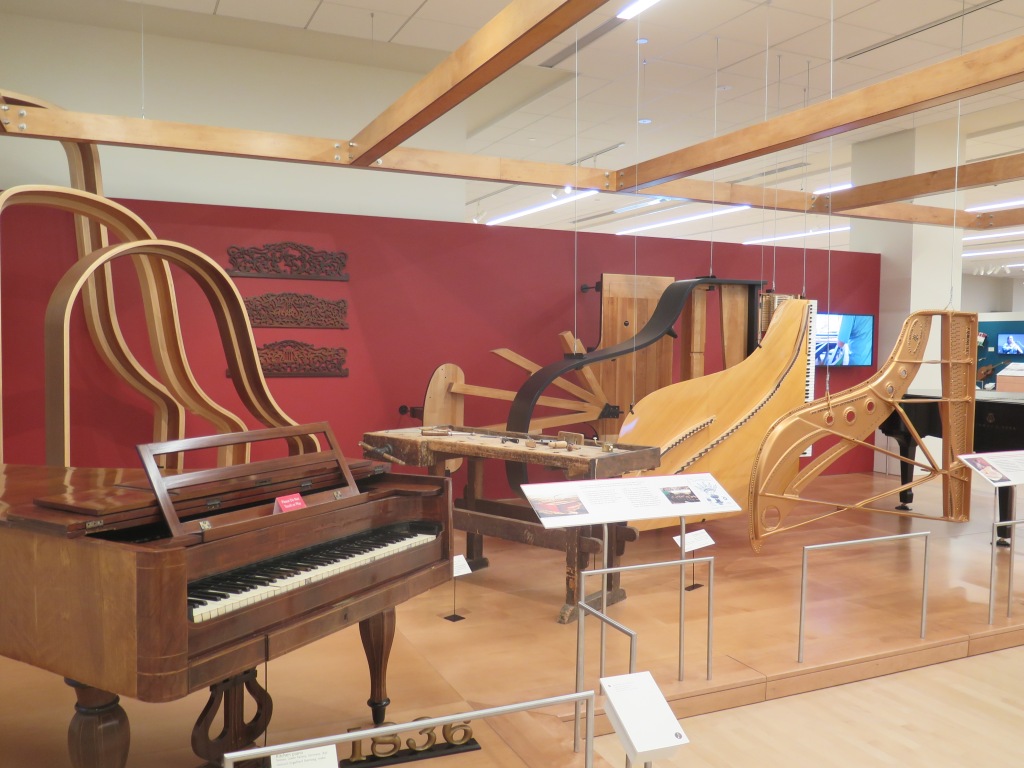







Another wonderful blog post, long awaited for.
LikeLiked by 1 person